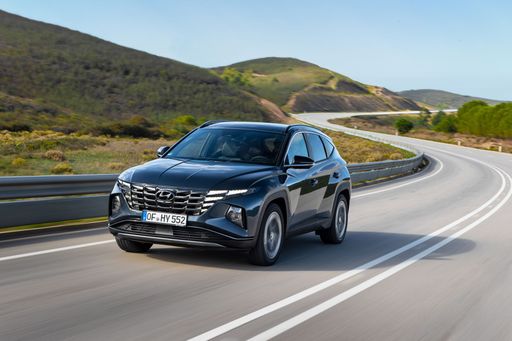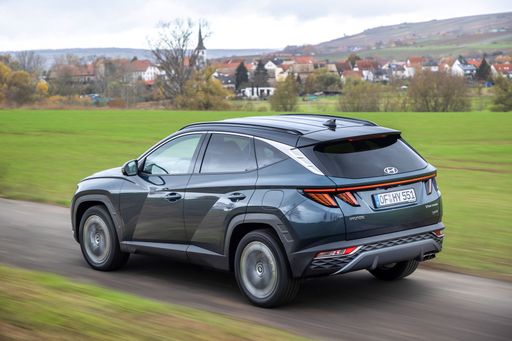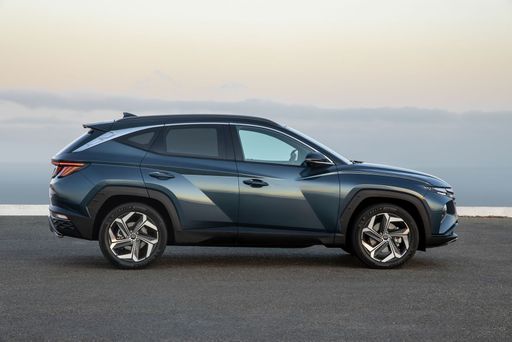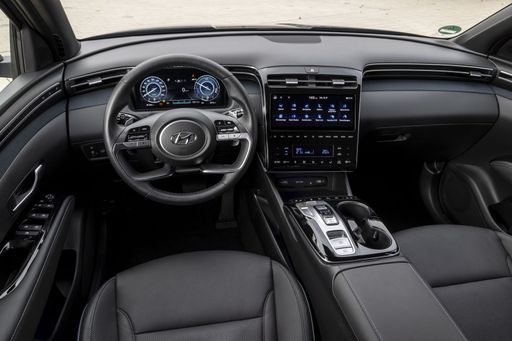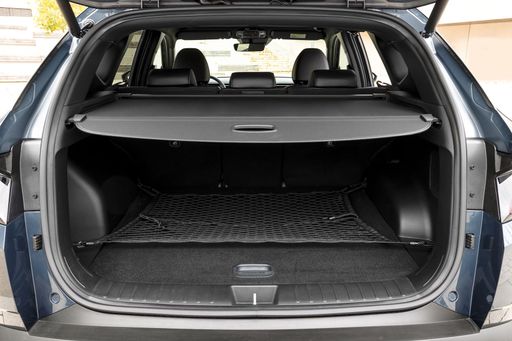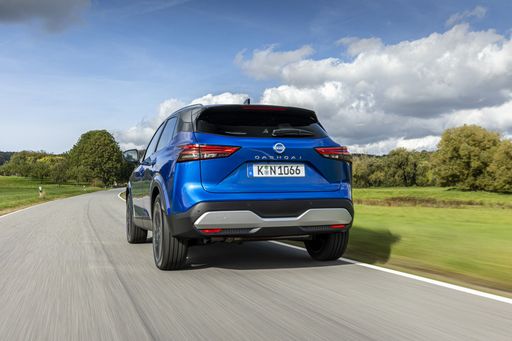Hyundai Tucson vs. Nissan Qashqai: A Comprehensive Comparison
As the compact SUV segment continues to flourish in the automotive market, two models that stand out for comparison are the Hyundai Tucson and the Nissan Qashqai. Both vehicles are known for their sleek designs, modern features, and innovative technologies. In this article, we will delve into the technical aspects of each vehicle, evaluate their performance, and explore the innovations that set them apart.

